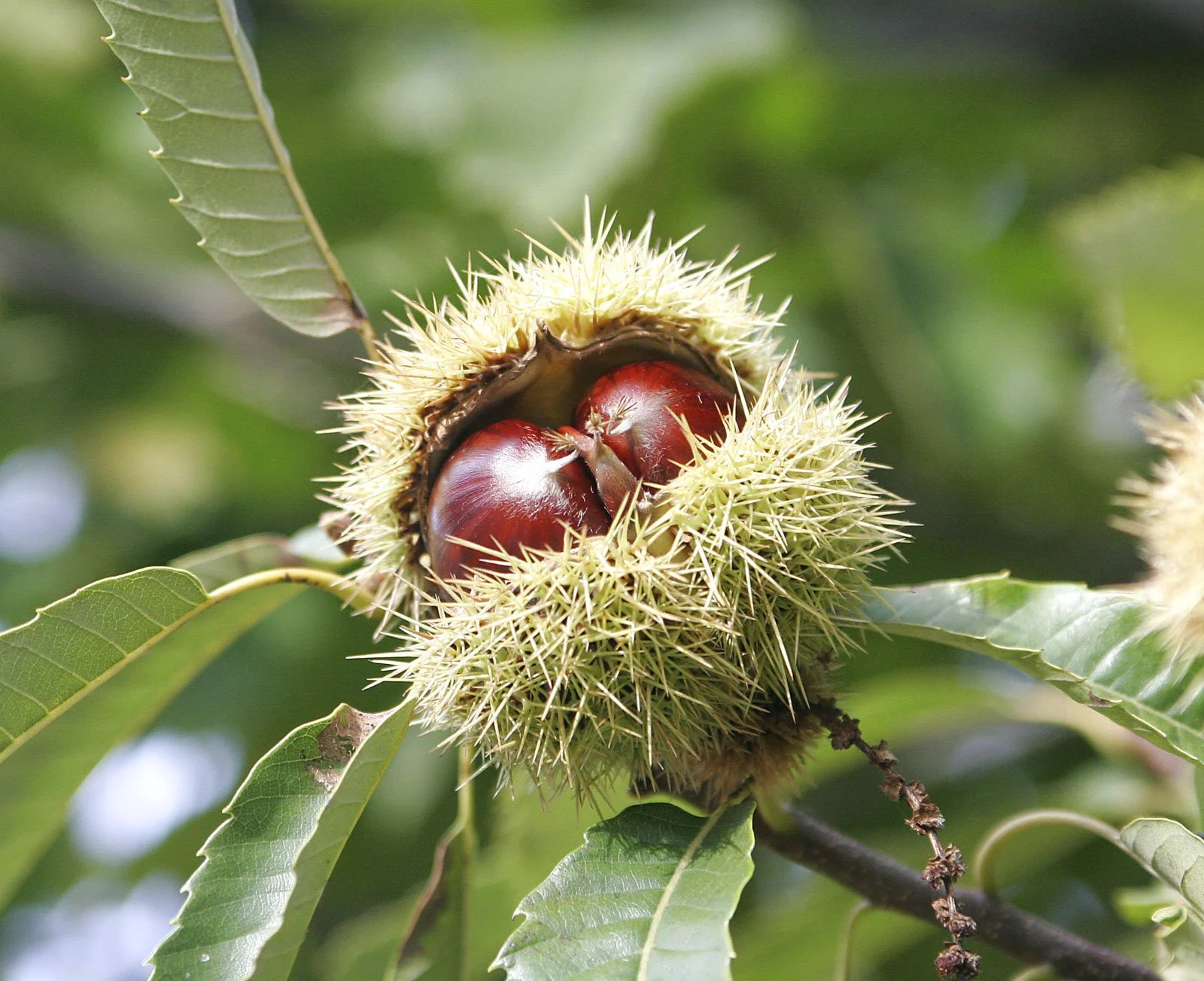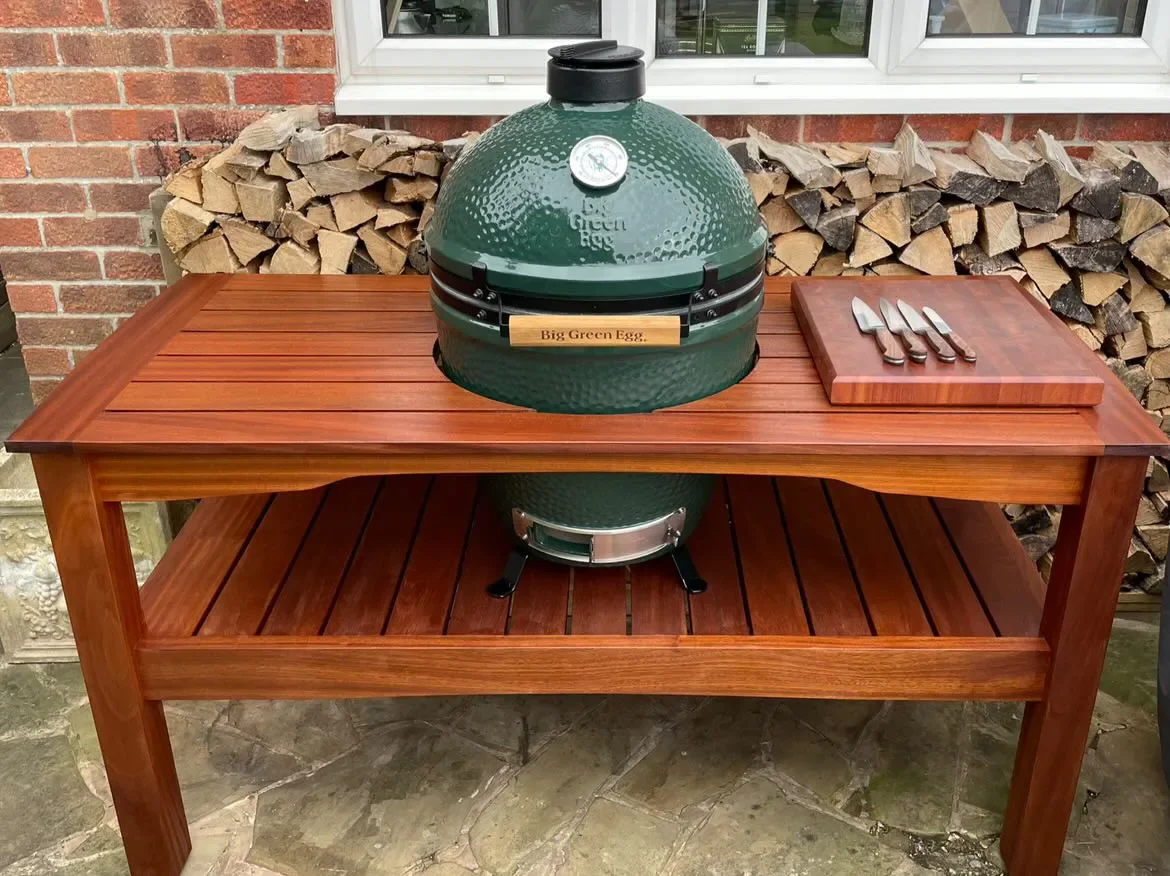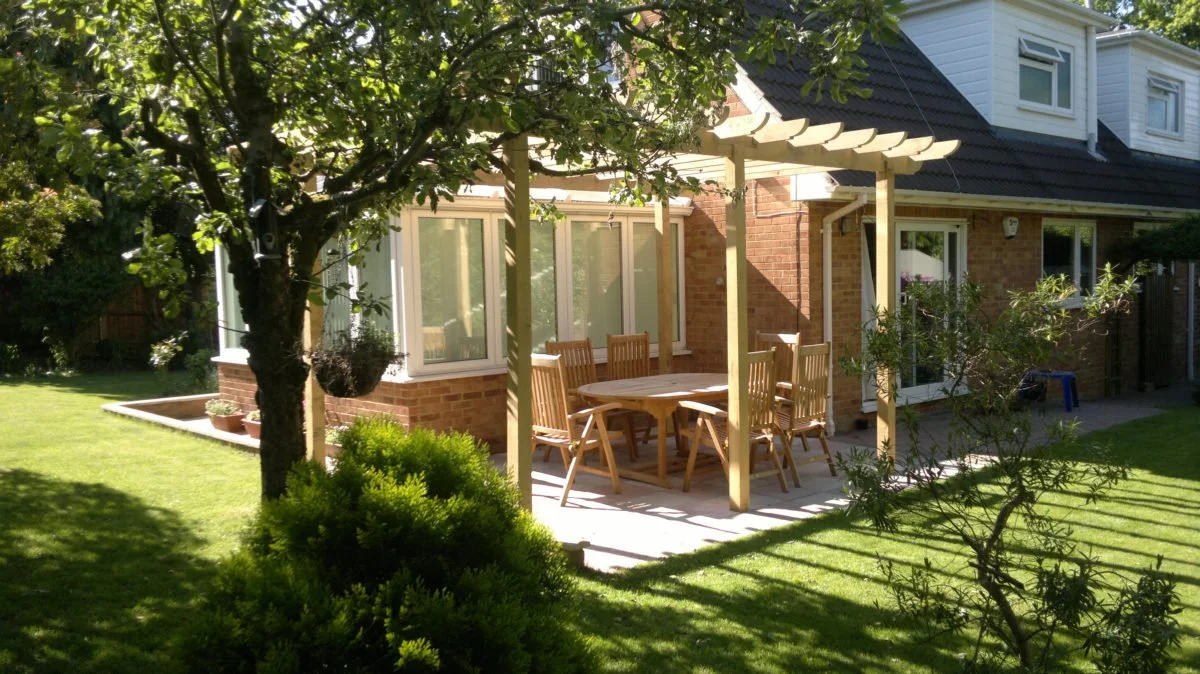Everything You Need to Know about Spanish Chestnut
Spanish Chestnut (Castanea Sativa) should not to be confused with the Horse Chestnut tree which has little commercial value.
Oddly, this timber is a member of the Beech family (Fagaceae) and has been present since some time after our last ice age. Imported from Southern Europe and Asia Minor, the Spanish Chestnut can live over 500 years and bear edible and useful fruit seeds from approximately 20 years old. Encased in a spiney, tough outer jacket, the chestnut fruits have been cultivated for cooking for over 1,000 years.
Today in the UK, Spanish Chestnut trees are grown in the South of England. Here are our top 10 features of Spanish Chestnut wood.
In the Beech family, but comparable to Oak
As mentioned, the Spanish Chestnut tree is a member of the Beech Family, however its properties are often compared to Oak wood. For example, it is a durable species which has a tannin content like that of Oak. Physically, it looks like Oak, except it has no pronounced medullary ray. Further, in smaller diameters it is more durable than Oak, and lighter in weight, with good tensile and compression strength in comparison. For these reasons, Spanish Chestnut wood can be used as an oak substitute when available.
How Spanish Chestnut wood can be used
Due to its durability, Spanish Chestnut wood can be used internally and externally, for joinery, furniture and flooring.
It is in great demand for fencing, due to being an excellent coppiced timber, which has seen quite the revival. Further, it is stiff and strong, often successfully battling the winds of the recent storms. Sadly, there are less big diameter logs in good supply for sawmilling, making it difficult to source.
In the last few years, it has also been used for external cladding, using fully external D4 adhesives to end-comb jointed, to offer defected cut timber, re-glued and joined to make an economic alternative to other cladding species.
This hardwood also works well in veneer form, and can look amazing due to its pronounced grain orientation. Staining and finishing well, it can take a good range of stains but excels in absorbing dark stains to show off its stand-out grain texture. This makes it a popular choice for panels and doors.
WL West Timber is a family-owned sawmill & timber merchant in West Sussex with over 155 years’ industry experience. We provide a wide range of air-dried oak and kiln-dried oak timber products and supplies. We also build and install custom projects for our customers.
For more news, tips and updates, follow us on Facebook, Twitter, or Instagram.
For entirely finished products, timber supplies or woodworking tools, have a look at our online shop.






